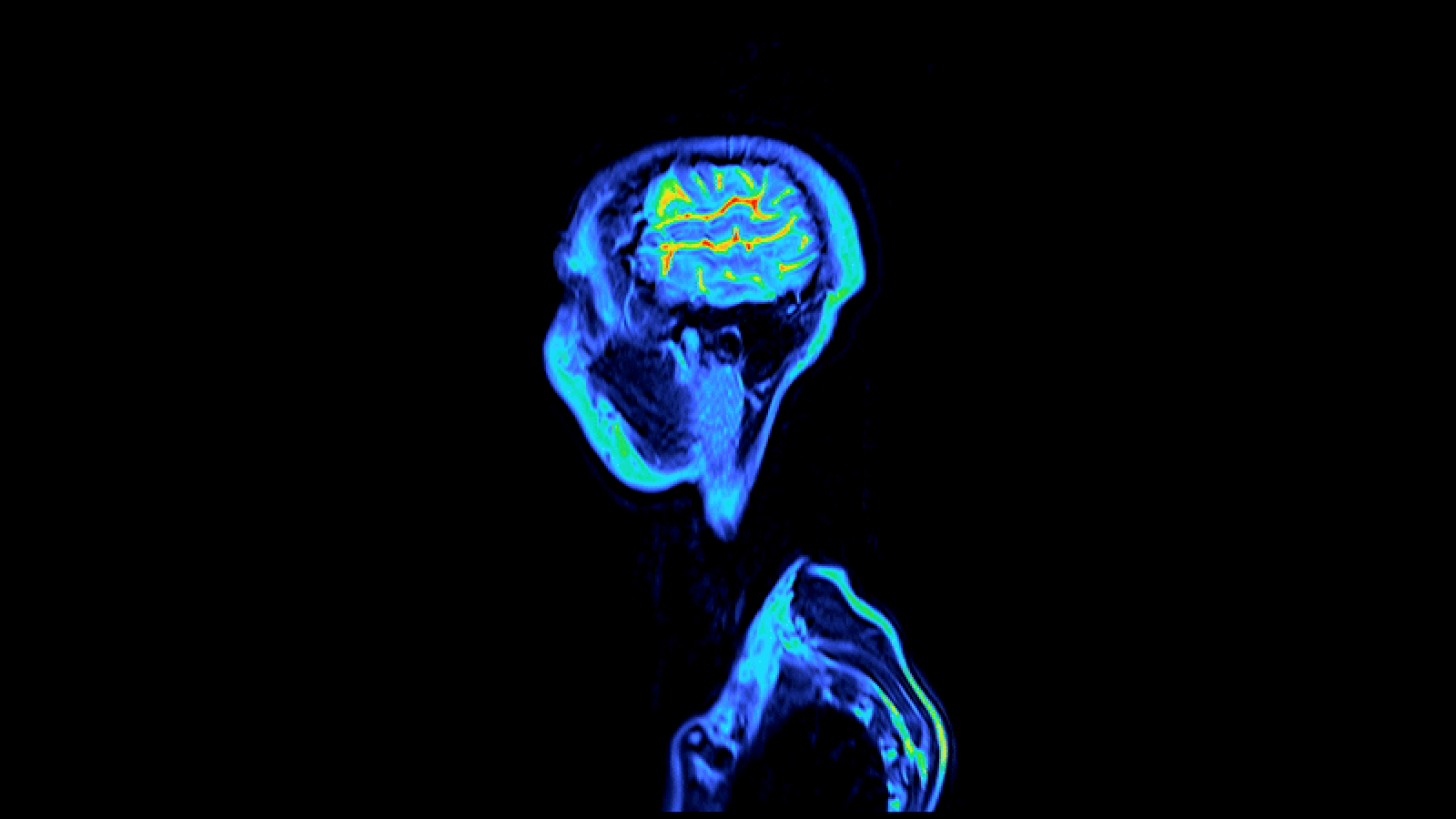Prescription Painkillers Linked to Erectile Dysfunction

Men who take prescription pain medications for long periods may be at increased risk of erectile dysfunction, a new study suggests.
In the study, men who took high doses of opioid medication for at least four months were 50 percent more likely to be treated for erectile dysfunction (ED) than those who did not take opioid medications, the researchers said.
The results held even after the researchers took into account factors that could increase the risk of ED, such as age, smoking and depression.
The study found an association, and cannot prove a cause-and-effect link between taking opioid medications and erectile dysfunction. The study did not follow men over time, so it cannot tease out which came first: treatment for pain, or for ED.
However, the findings add to a growing body of research linking pain drugs to erection problems. A 2011 study published in The Journal of Urology found that men who regularly took nonsteroidal anti-inflammatory drugs (NSAIDs) were at higher risk of erectile dysfunction than men who took the medications less frequently. And other narcotics, such as heroine, are also known to increase ED risk, experts say.
While there is no question that opioid treatment is appropriate for some people, there's increased evidence that prolonged use can cause a host of problems, including addiction, overdose and sleep apnea, said study researcher Dr. Richard Deyo, an investigator with the Kaiser Permanente Center for Health Research in Portland.
Men "need to be aware that [ED] is a possible side effect of long-term and high-dose opioid medication," Deyo said.
Sign up for the Live Science daily newsletter now
Get the world’s most fascinating discoveries delivered straight to your inbox.
Deyo and colleagues analyzed information from 11,327 men in Oregon and Washington who visited a doctor for back pain in 2004. They looked at prescriptions six months before and six months after the visit, to see if the men had received opioid, ED drugs or testosterone replacement therapy.
They found that 19 percent of men who took opioid medications for prolonged periods (four months or more) also received prescription ED drugs, whereas just 7 percent of men who did not take opioids also received ED drugs, the researchers said.
Older men, those with depression and those who took sedatives for sleep or anxiety were also more likely to take ED drugs.
The study looked at prescriptions for ED drugs as a marker for erection problems, but it's possible some men had erection problems and were not treated with drugs. The study also did not ask participants whether they had diabetes, a condition also known to increase the risk of ED.
Dr. Andrew Kramer, a urologist and surgeon at the University of Maryland Medical Center, said that he commonly sees patients who take pain medications and also have erection problems.
Kramer said he was not surprised by the results of the new study, because opiod medications can blunt bodily functions such as appetite and response to sexual stimuli. "Everything is dulled," Kramer said.
Some previous research has suggested that opioid medications lower testosterone levels in men, but experts emphasize that "low T" can sometimes be a completely separate condition from erectile dysfunction, said Dr. Jessica Kreshover a urologist at North Shore-Long Island Jewish Arthur Smith Institute for Urology in Lake Success, New York, said.
More research is needed to explore the link suggested by the new study, Kreshover said. The study grouped patients taking ED drugs together with patients taking testosterone replacement therapy, but opioids may have different effects on testosterone levels and erectile function, she said.
The new study is published today (May 15) in the journal Spine.
Follow Rachael Rettner @RachaelRettner. Follow MyHealthNewsDaily @MyHealth_MHND, Facebook & Google+. Originally published on LiveScience.

Rachael is a Live Science contributor, and was a former channel editor and senior writer for Live Science between 2010 and 2022. She has a master's degree in journalism from New York University's Science, Health and Environmental Reporting Program. She also holds a B.S. in molecular biology and an M.S. in biology from the University of California, San Diego. Her work has appeared in Scienceline, The Washington Post and Scientific American.










